| Issuer | Empire of Sikh (Indian states) |
|---|---|
| Type | Standard circulation coin |
| Years | 1818-1823 |
| Value | 1 Rupee |
| Currency | Rupee (1711-1849) |
| Composition | Silver |
| Weight | 11.02 g |
| Diameter | 22.05 mm |
| Shape | Round |
| Orientation | Variable alignment ↺ |
| Demonetized | Yes |
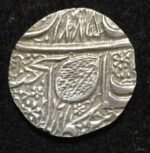
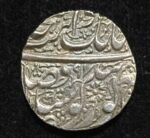

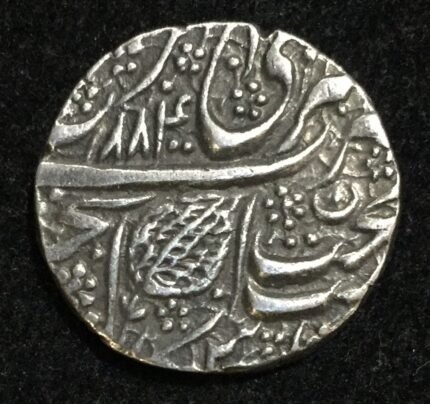
Indian states › Sikh, Empire of 1 Rupee – Ranjit Singh Silver High Grade Coin
₹10,000.00 Original price was: ₹10,000.00.₹5,000.00Current price is: ₹5,000.00.
1 Rupee – Ranjit Singh High Grade Silver Coin
THE COINS OF THE SIKHS
The coinage of the Khalsa confederacy
It is still not clear who issued the first and today extremely rare Sikh coins, the so-called Khalsa rupees, but the beginning of a Sikh coinage meant for general circulation dates from 1765 AD. In the month of April 1765 the Sikh Sardars assembled at the Akal Takht Sahib and led by Sardar Jassa Singh Ahluwalia founded the Sikh State by declaring their independence. They also decided to reconquer their lost territories and acquire new ones and to mint coins in the names of Guru Nanak and Guru Gobind Singh as a sign of their newly gained sovereignty. The first of these coins were rupees issued in VS 1822 (1765 AD) from Lahore, Amritsar followed in VS 1832 (1775 AD).
The coinage of Maharaja Ranjit Singh and his successors
Although Maharaja Ranjit Singh was an autocrat he strove to be seen to rule his empire as the lieutenant of the Khalsa and in the last instance of Guru Nanak. When Raja Dhian Singh remonstrated with him on his wearing a dhoti like a humble servant, the Maharaja answered with the question:”In whose name are the coins struck?” Dhian Singh named Guru Nanak and Maharaja Ranjit Singh explained that he, in whose name the coins were issued; was the true ruler and the Maharaja only the Guru’s humble servant. This story may well reflect Maharaja Ranjit Singh’s true attitude; he never put his name on a coin (and neither did his successors), but surviving pattern coins seem to indicate that he once considered the introduction of anonymous pictorial rupees showing the ruler as a disciple of Guru Nanak.
The Sikh coinage started in the second half of the eighteenth century, reached its apogee during the rule of Maharaja Ranjit Singh and ended abruptly with the annexation of Punjab by the British in 1849 AD. Although the Sikhs struck coins in about 20 mints, there coinage remained quite uniform until the end. Their rupees bear religious legends and never mention their issuer, but Amritsar, their main economic and religious centre, produced the most complex system of mintmarks in modern India.
The Nanakshahi Couplet
At Amritsar Maharaja Ranjit Singh continued the Nanakshahi type introduced in VS 1845, but from about VS 1858 on the uniform Amritsar Nanakshahi series splits into 3-4 parallel subseries differing in their marks. Theses subseries, which usually ran for a few years and then were replaced by new ones, went on until the closing of the Amritsar mint in VS 1906.
Nanakshahis struck at Amritsar under the Maharajas of the Punjab form today the large majority of the surviving Sikh silver coins. Whereas a sizeable proportion of the rupees of other Sikh mints is usually found in a well-worn state, Amritsar rupees, which were struck with well-cut dies in rather high relief, commonly occur in hoards in a very fine or uncirculated condition.
Out of stock
| Weight | .500 kg |
|---|---|
| Dimensions | 25 × 15 × 3 cm |

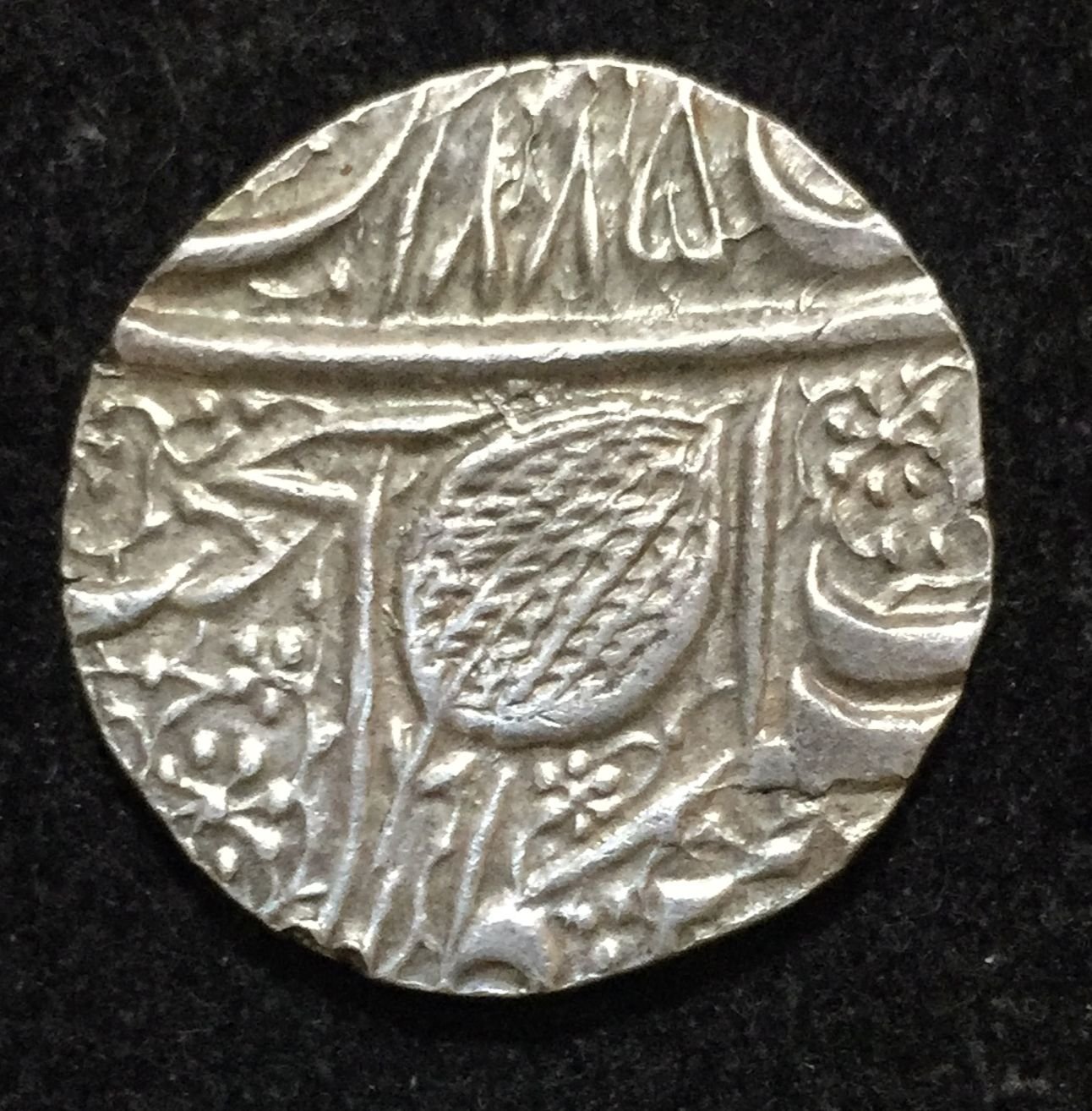
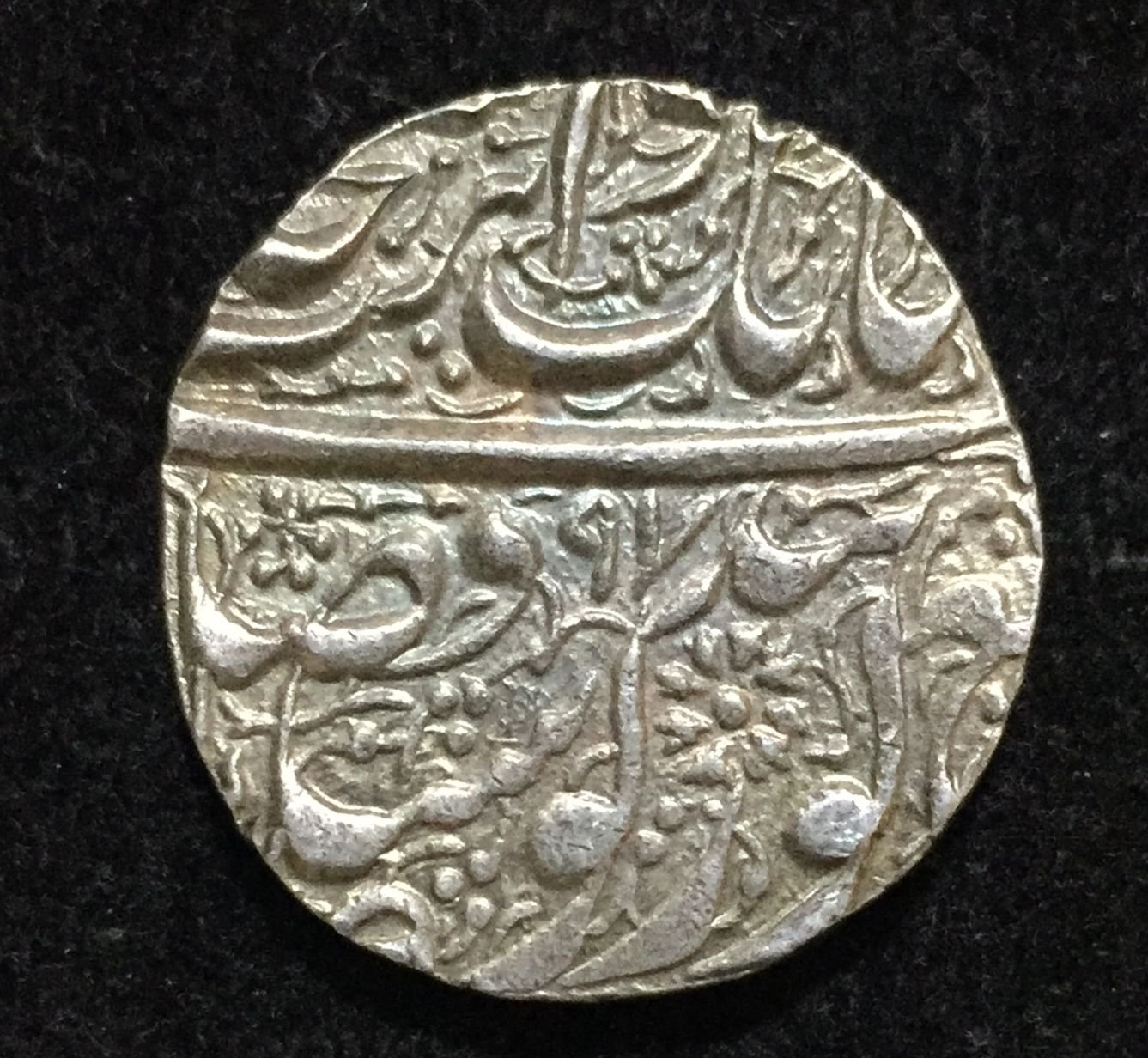

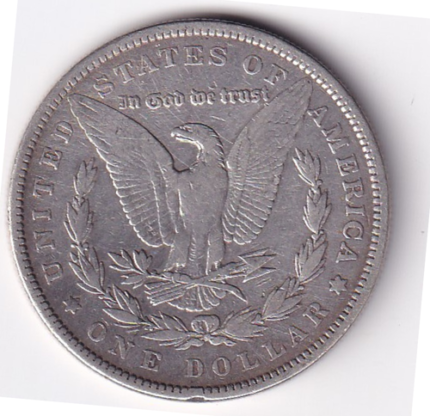
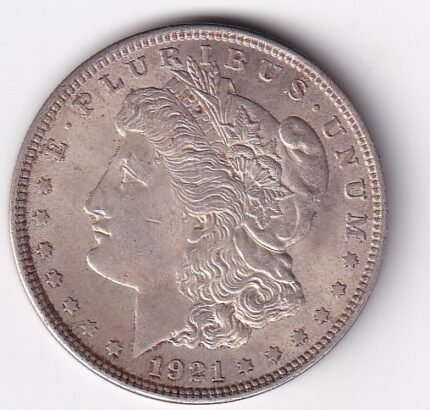
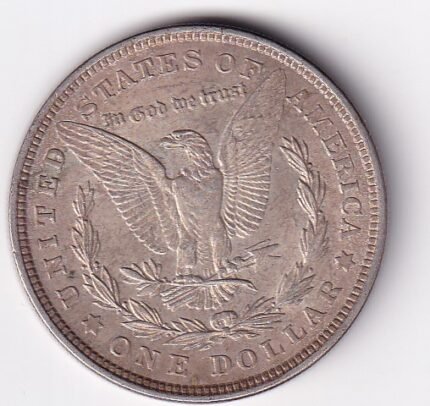
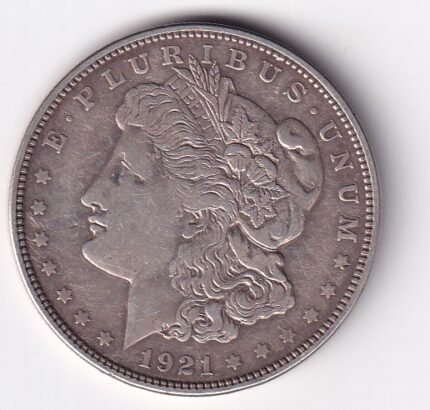
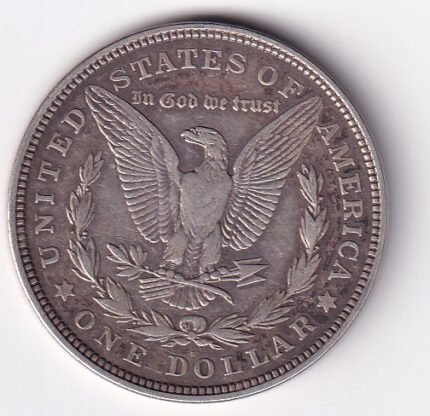

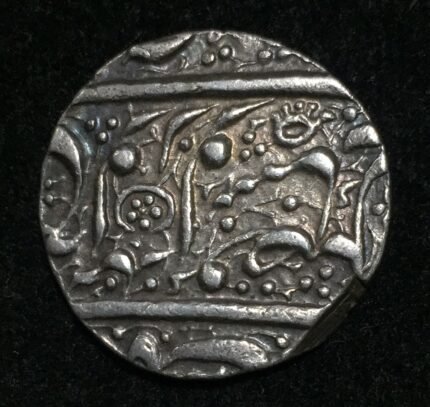
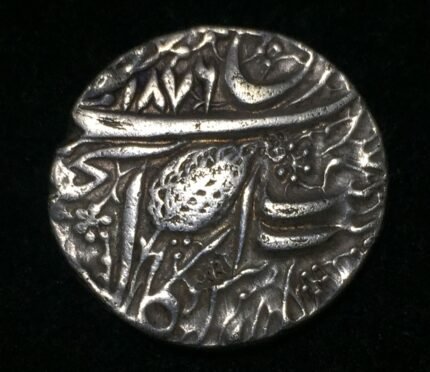
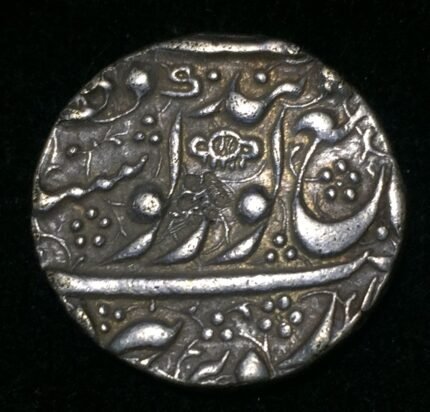
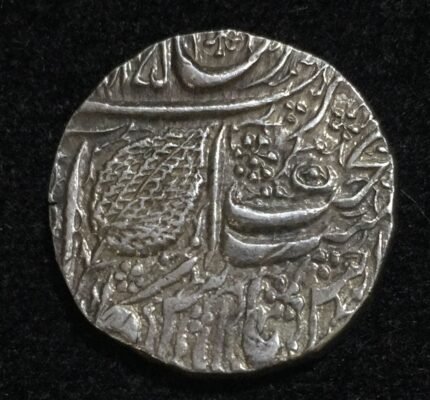
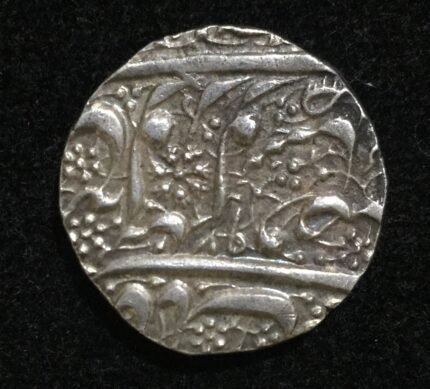
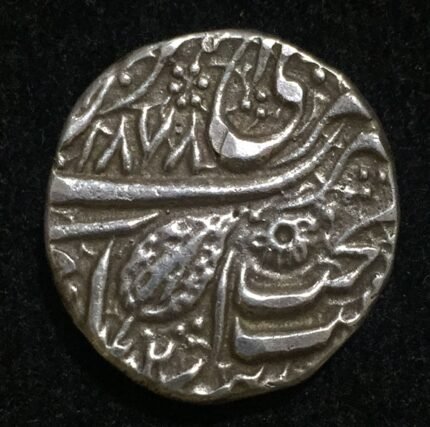

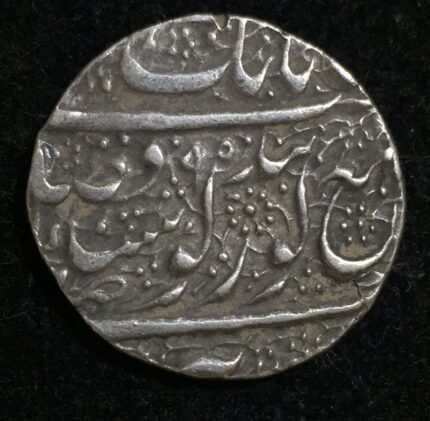
Reviews
There are no reviews yet.